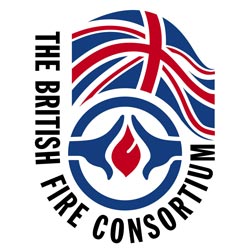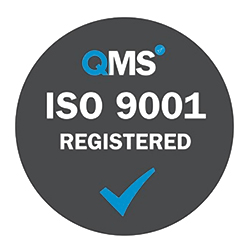Project Description
FIRE EXTINGUISHERS
Most people’s first point of contact with fire protection equipment will be a fire extinguisher. Fire extinguishers can offer a potentially life-saving fire tackling solution to occupants of a building, allowing them to proceed safely towards a suitable exit point.
We offer a comprehensive fire extinguisher package, ranging from the initial fire risk assessment, through to fire extinguisher installation and maintained servicing package.
For more information on this, and to request a comprehensive quote, simply get in touch today.
CLASSES OF FIRE
To understand the different types of fire extinguishers – and their uses – it’s first important to understand the different classes of fire.
CLASS A
Combustible materials, such as paper or wood
CLASS B
Flammable liquids, such as paint or petrol
CLASS C
Flammable gases, such as butane or methane
CLASS D
Flammable metals, such as lithium or potassium
ELECTRICAL
Suitable for electrical fires, such as computers or generators
CLASS F
Deep fat fryers, such as domestic chip pans
TYPES OF FIRE EXTINGUISHER
As you may be aware, there are different types of fire extinguishers suited to tackling different types of fire. Here are the five main types of fire extinguisher, along with a brief outline on their usage
| Extinguisher Type | Label Colour | Suitable For | Do Not Use For |
|---|---|---|---|
| Water | Red | Class A | Any Other |
| Foam | Cream | Class A, B | Class C, D, Electrical, F |
| Dry Powder | Blue | Class A, B, C, D, Electical | Class F |
| CO2 | Black | Class B, Electrical | Class A, C, D, F |
| Wet Chemical | Yellow | Class A, F | Class B, C, D, Electrical |
- Water Extinguishers – The most common extinguisher type for Class A fire risk, and a requirement for most premises. They cause the fuel of the fire to cool, thus bringing it under control
- Foam Extinguishers – Foam extinguishers also bring down the temperature of the fuel in a fire. They have the added benefit of forming a barrier between the flame and the fuel on burning liquid.
- Dry Powder Extinguishers – Dry powder extinguishers work by forming a barrier between the fire and the surrounding oxygen. They are effective against a range of fire classes, although their use is not recommended in enclosed spaces.
- Carbon Dioxide Extinguishers – CO2 extinguishers extinguish Class B and electrical fires by displacing the oxygen in a fire – thus suffocating it – and are predominantly used for electrical fires.
- Wet Chemical Extinguishers – Wet chemical extinguishers are effective in forming a layer between the fuel element of the fire and the surrounding oxygen. As such, these are best suited to high temperature fires such as deep fat fryers.
CONTACT US
GET IN TOUCH TODAY
If you’d like to know more about our services, simply fill in our contact form and we’ll be back in touch as soon as we can.
PHONE
01293 544449
ACCREDITATION & POLICES
Integrated Fire & Security Solutions pride ourselves on our professional experience and expertise. We follow all industry codes of best practice, and maintain full industry accreditation across a range of industry bodies. You can find out more about the industry bodies below, or get in touch to find out more.







